
Intel’s 10th generation desktop processors have finally arrived. Leading the charge against the Red is its 10-core, 20-thread beast, the Intel Core i9-10900K. With a base clock of 3.7GHz and various turbo frequencies depending on the usage, will Intel’s latest flagship be enough for them stay relevant in the mainstream market?
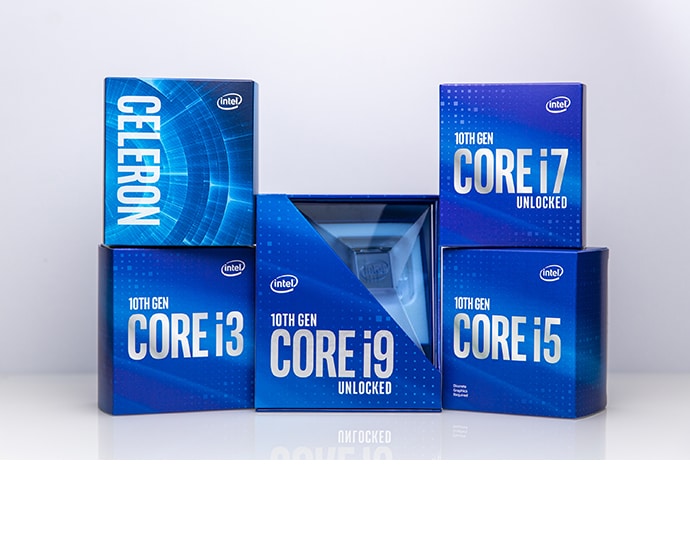
Simply put, Intel’s Comet Lake-S is its 5th iteration of the Skylake architecture, which basically means that it’s 14nm++++. Despite the rather stagnant 14nm node, they have made strides to improve the process in order to pump out more performance, provide additional security, and higher core counts.
Intel is offering quite a few processors under the Comet Lake-S name. From 10-core, 20-thread high-end offerings like the i9-10900K to modest processors like the Celeron range. On the top-end of the scale, Intel is offering different frequencies to their SKUs:
The latest technology for Intel’s search for higher clocks is Velocity Boost. This affects both single and all-core turbo speeds under specific conditions. An additional 100MHz will be added to its clock speeds so long as the temperature stays below the limit of 70°C. Motherboard manufacturers, however, are allowed to bypass the set thermal limits. This allows the processor, paired with an appropriate motherboard, to reach higher clocks even when the temperature is higher than the 70°C recommended maximum.
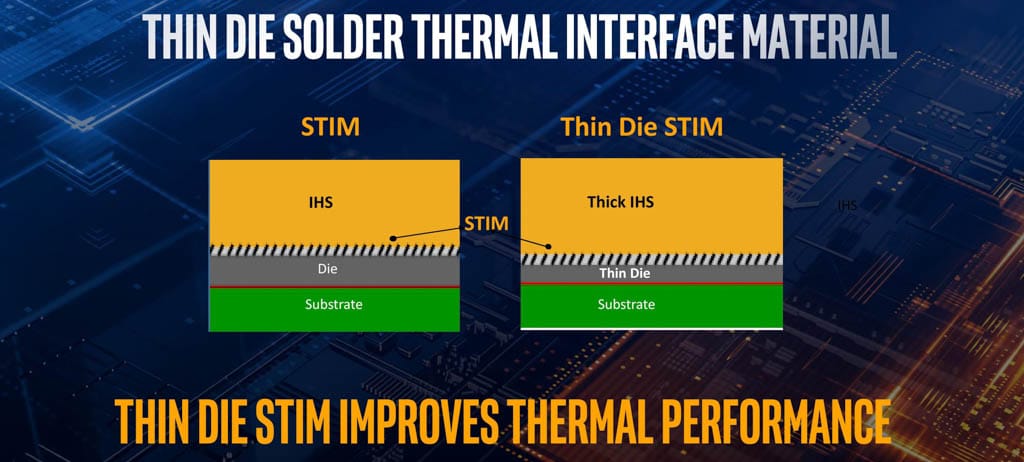
Intel’s latest processors will also have a thinner die. This enables better heat transfer from the die to the IHS. With all the cores inside the chip, any bit of added efficiency in cooling is a welcome addition.
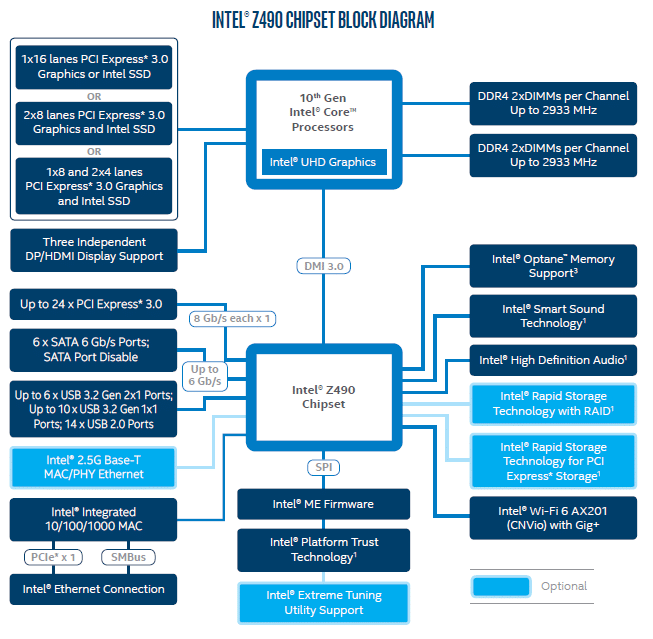
Intel is moving away from LGA 1151 and is now using LGA 1200 socket on Comet Lake-S processors. This means that they will now require a new platform. At the time of this review, the only boards shipping that can house the Intel 10th generation CPUs are motherboards with the Z490 chipset.
Comet Lake-S processors will strictly be PCIe 3.0-compatible processors, which is quite a step down from PCIe 4.0 compatibility that the other team has. The Z490 platform, however, is PCIe 4.0 compatible. There is a caveat, however, current motherboards don’t support PCIe 4.0 yet although some boards have been future-proofed for PCIe 4.0 usability. This means that future processors from Intel on the Z490 chipset will fully support the next generation PCIe standard.
Intel is also pushing their new I225-V controller, which promises 2.5Gb Ethernet although it’s up to their partners if they are going to implement it on their motherboards. Of course, WiFI 6 (802.11ax) will be supported by the chipset in order to deliver the fastest wireless speeds possible at this time.
As for data connectivity, the Z490 chipset will now have support for up to 10 USB 3.2 Gen2 ports, up to 10 USB 3.2 Gen1 connections, as well as six SATA III ports for SATA-based SSDs and HDDs. Higher end boards can also be fitted with USB 3.2 Gen2 2×2 ports, but that’s up to the board maker if they will put it into their boards.
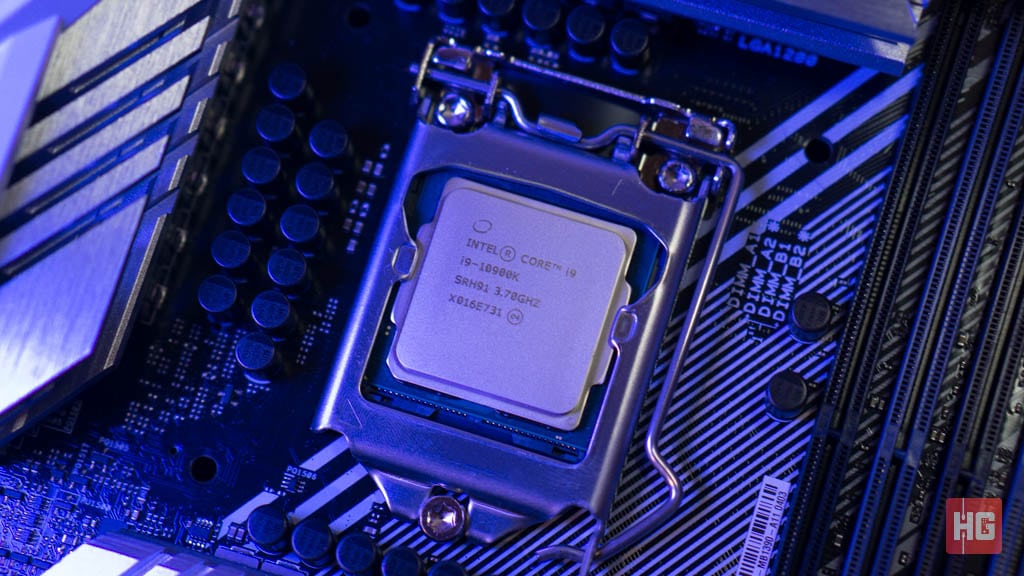
As mentioned, the Intel Core i9-10900K boasts a base frequency of 3.7GHz, a 4.8GHz turbo for all cores, and a single core turbo of 5.1GHz. Unfortunately, it seems that overclocking the processor with our Cryorig R1 Universal proved to be a daunting task due to the sheer heat that it puts out. It seems you’ll need a top-end LCS in order to even slightly overclock this 10-core monstrosity. Thus, we are relegated to its stock configuration for this review. Hopefully we can revisit its overclocking potential with a better cooler in the near future.

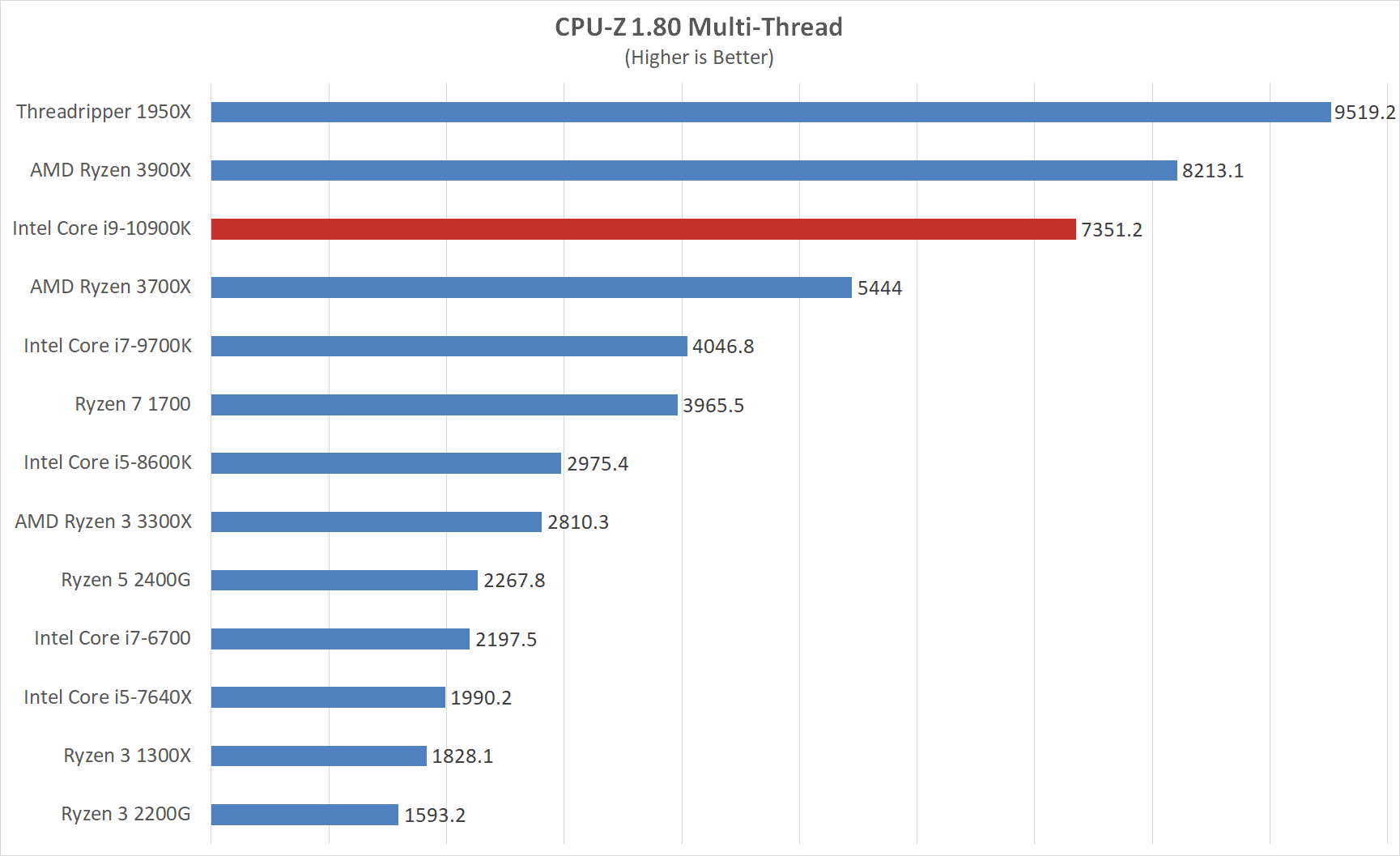
“CPU-Z is a freeware that gathers information on some of the main devices of your system such as processor name and number, codename, process package, cache levels, mainboard and chipset, as well as memory type, size, timings, and module specifications. It also offers real time measurement of each core’s internal frequency and memory frequency.”
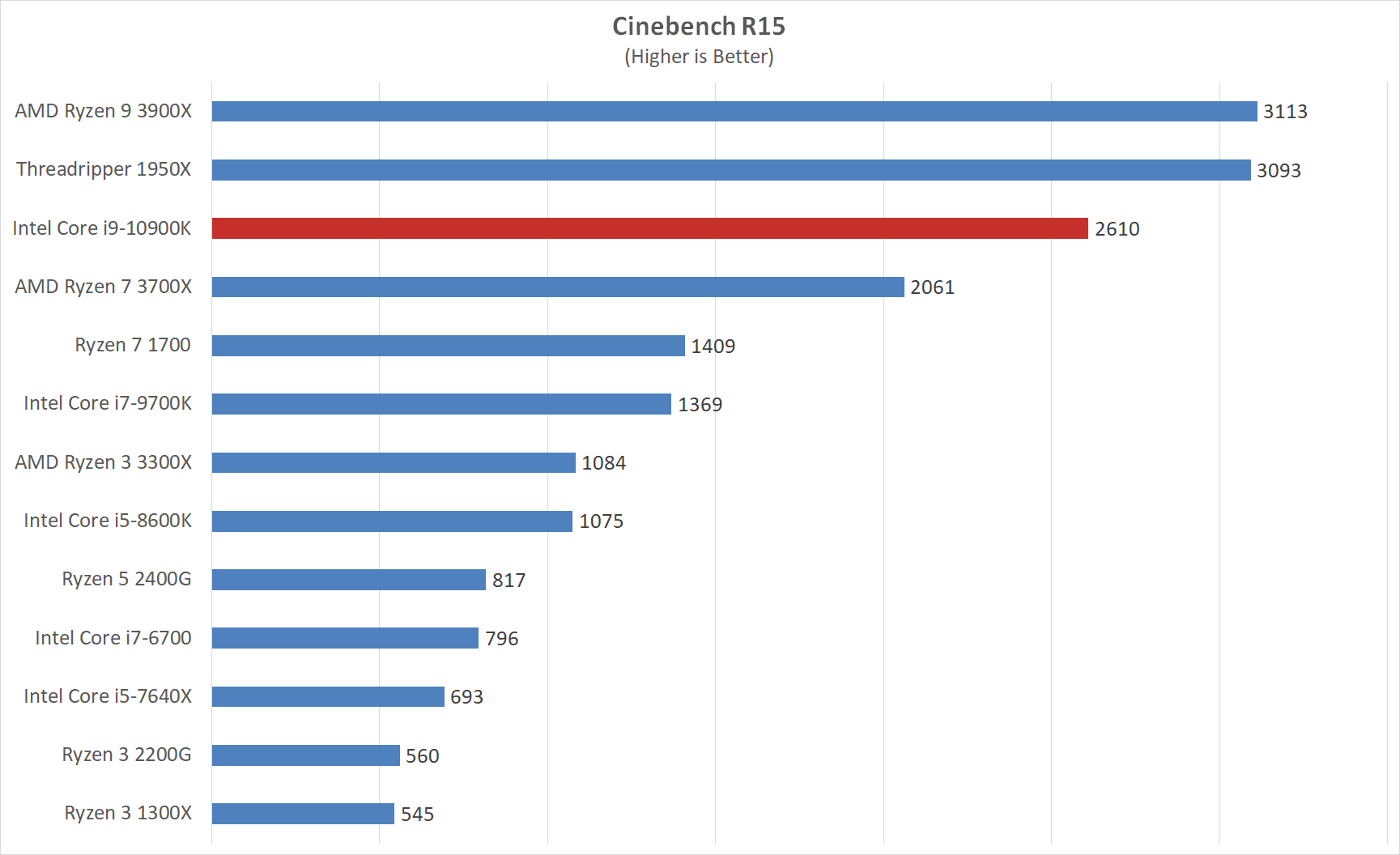
“Cinebench R15 CPU test scenario uses all of your system’s processing power to render a photorealistic 3D scene. This scene makes use of various algorithms to stress all available processor cores. In fact, CINEBENCH can measure systems with up to 256 processor threads.This test scene contains approximately 2,000 objects which in turn contain more than 300,000 polygons in total, and uses sharp and blurred reflections, area lights, shadows, procedural shaders, antialiasing, and much more. The result is displayed in points (pts). The higher the number, the faster your processor.”
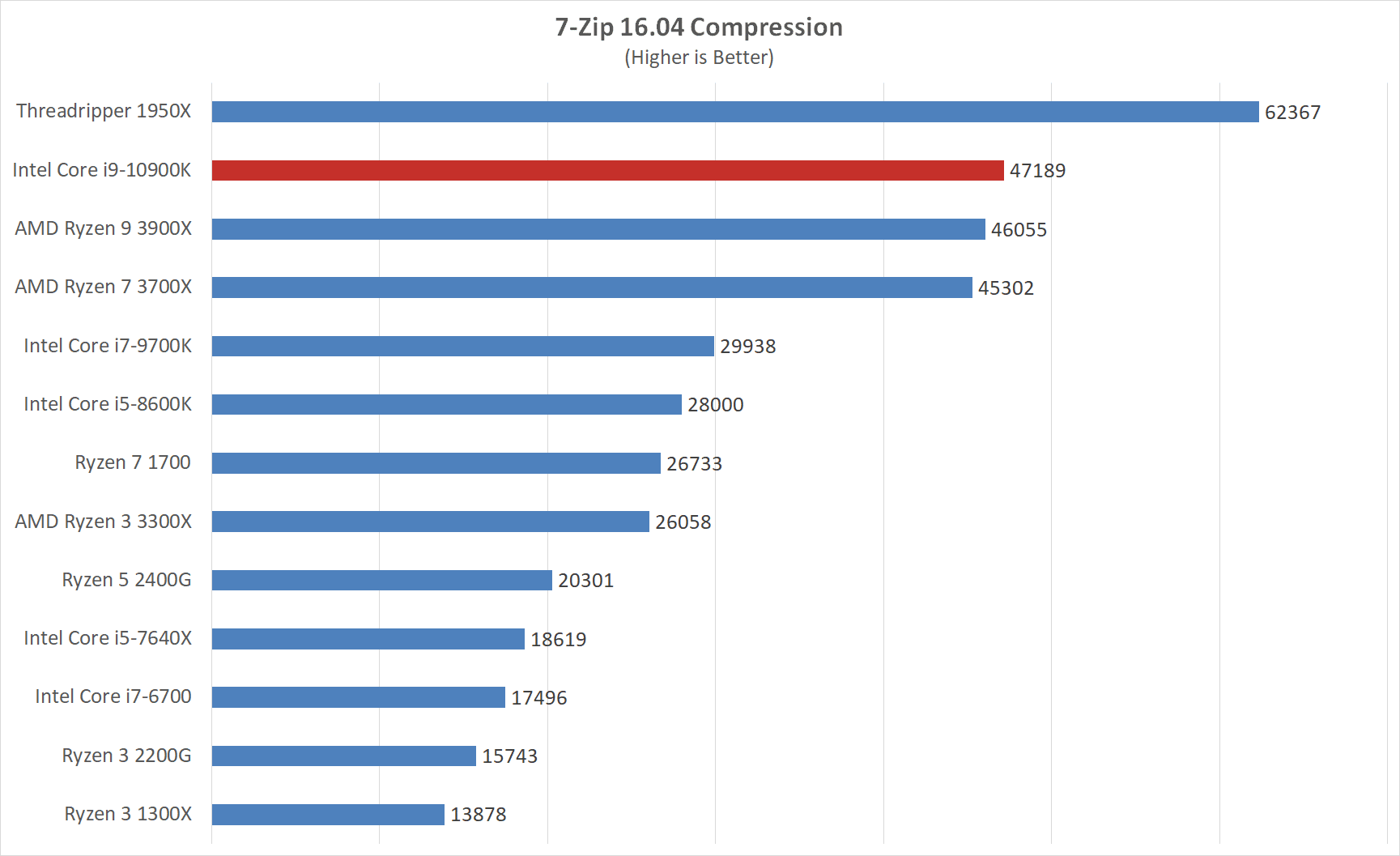
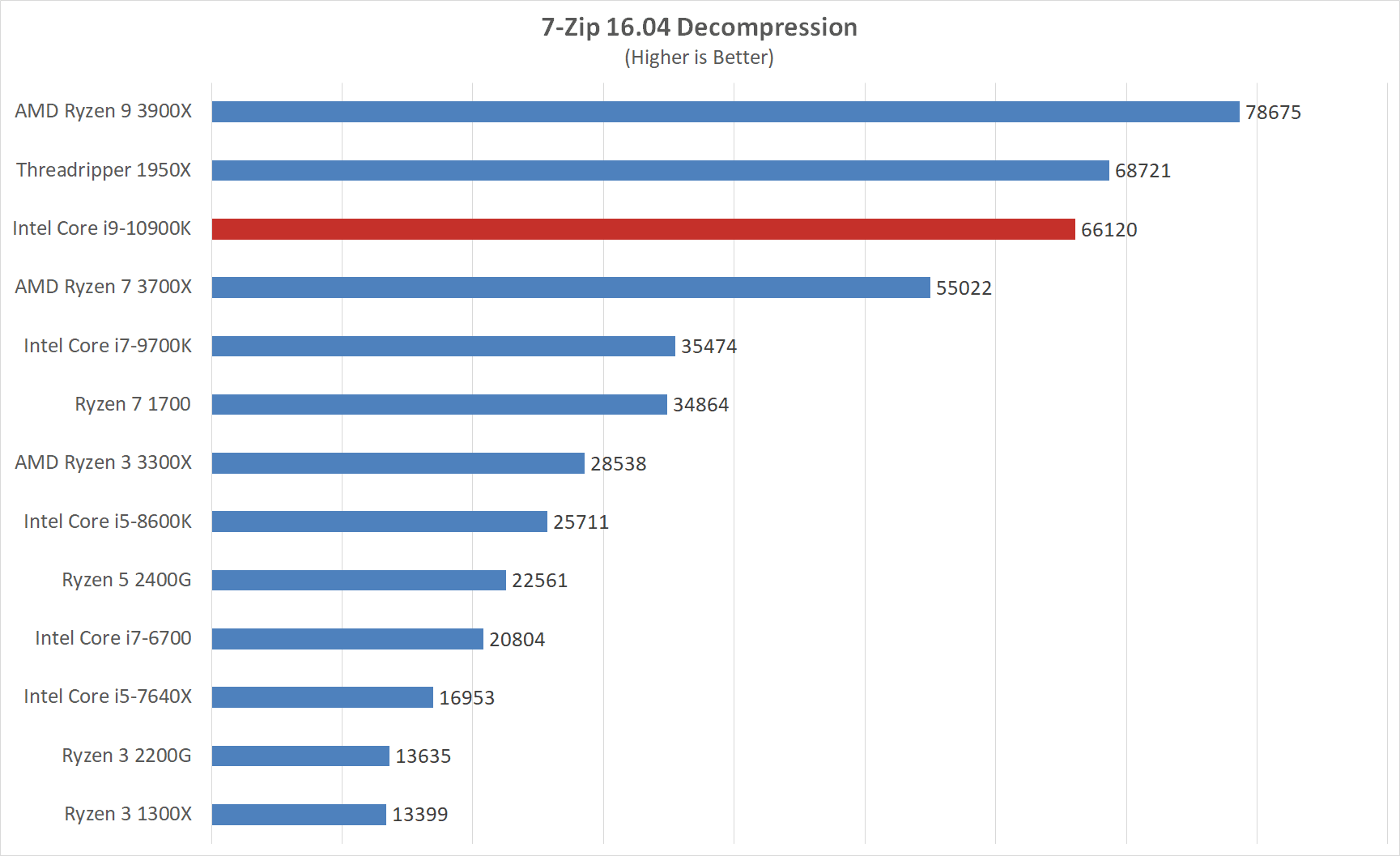

“7-Zip is a file archiver with a high compression ratio for ZIP and GZIP formats, which is between 2 to 10% better than its peers, depending on the exact data tested. And 7-Zip boosts its very own 7z archive format that also offers a significantly higher compression ratio than its peers—up to 40% higher.”
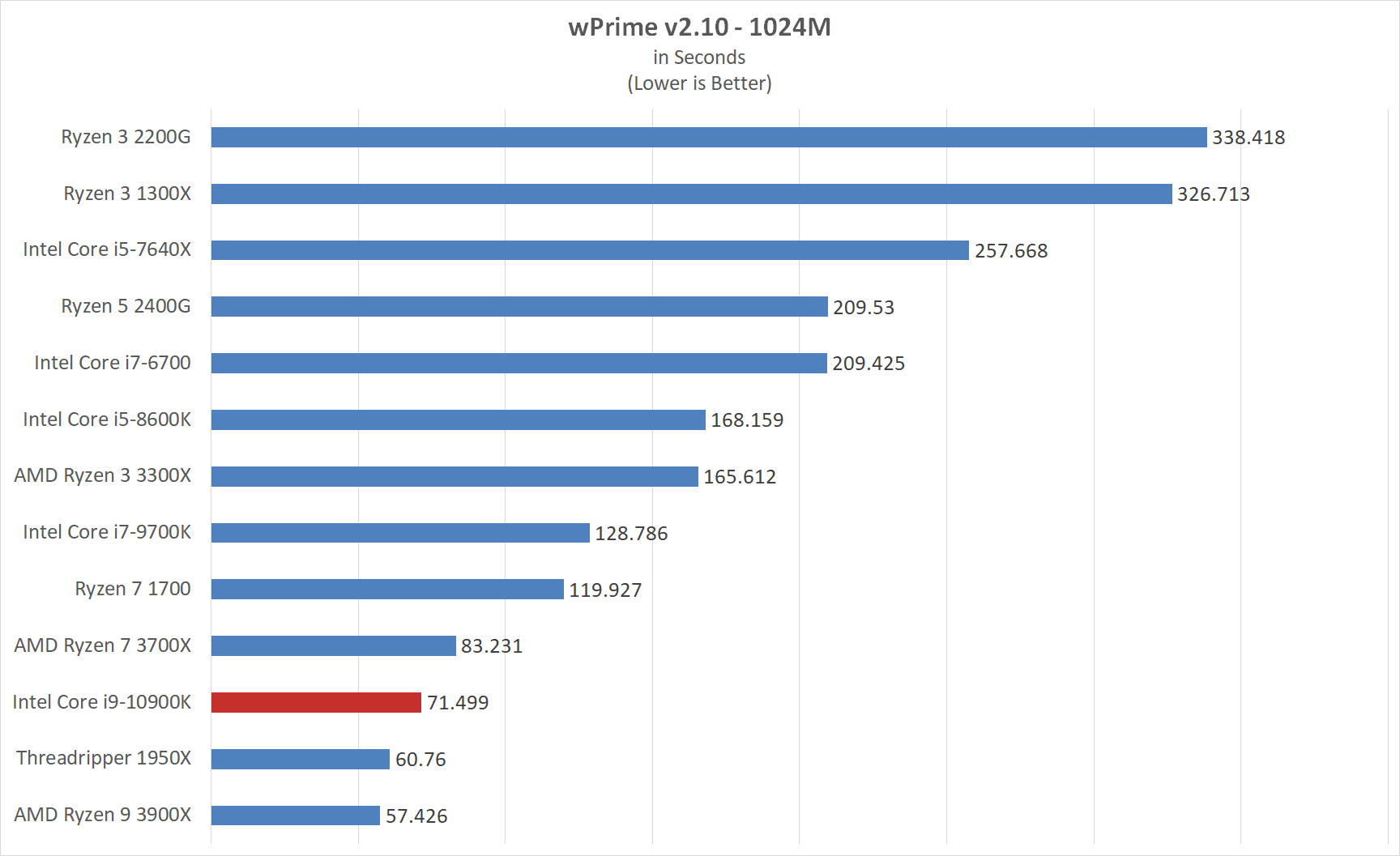
“wPrime is a leading multithreaded benchmark for x86 processors that tests your processor performance by calculating square roots with a recursive call of Newton’s method for estimating functions, with f(x)=x2-k, where k is the number we’re searching, until Sgn(f(x)/f'(x)) does not equal that of the previous iteration, starting with an estimation of k/2. It then uses an iterative calling of the estimation method a set amount of times to increase the accuracy of the results. It then confirms that n(k)2=k to ensure the calculation was correct. It repeats this for all numbers from 1 to the requested maximum.”
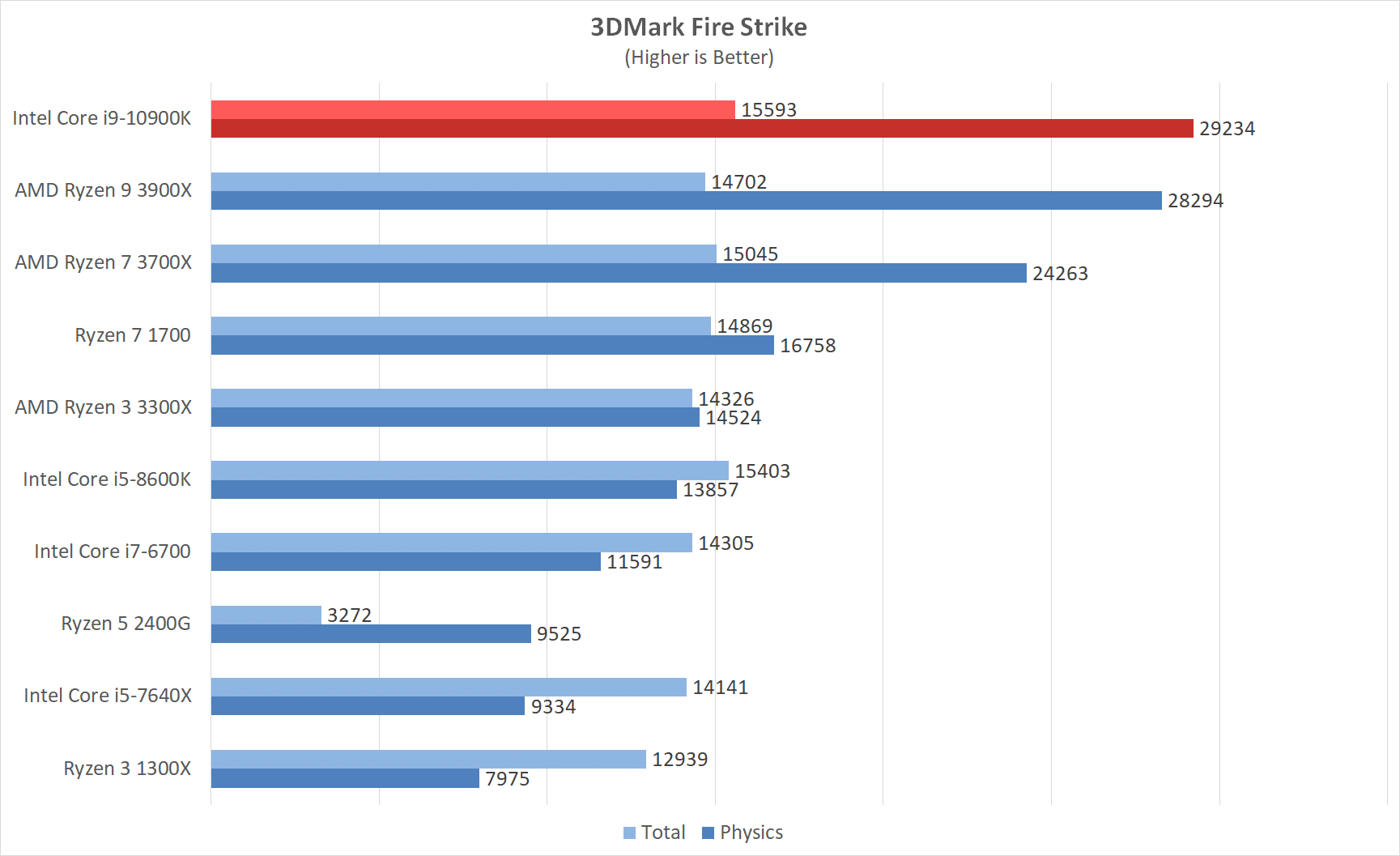
“Designed to showcase the DirectX 11 API, the Futuremark 3DMark Firestrike became a standard in benchmarking as it not only tests the capabilities of the GPU, but also the capabilities of the whole system for a complete stress test.”
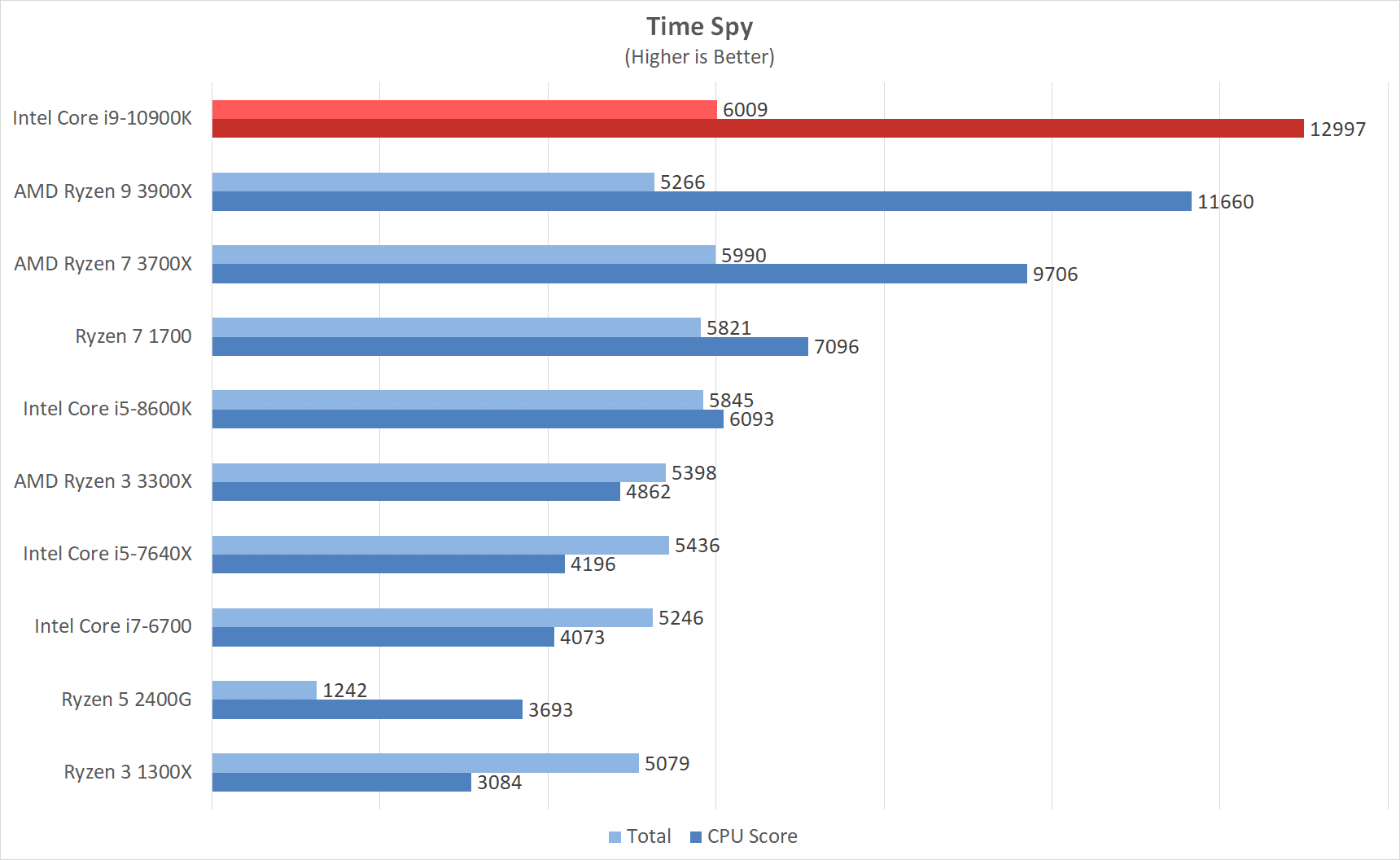
“With its pure DirectX 12 engine, built from the ground up to support new API features like asynchronous compute, explicit multi-adapter, and multi-threading, Time Spy is the ideal benchmark for testing the DirectX 12 performance of modern graphics cards.”
Our benchmark figures show that despite the higher rated clock speed of the Intel Core i9-10900K, it seems that’s not enough to top the charts anymore. Although the AMD Ryzen 9 3900X has a lower max boost clock of 4.6GHz, its 2-core advantage is enough to shoo away the spearhead of the Comet Lake-S processors from the summit.
The number shifts to Intel’s favor, however, when it comes to single-threaded applications or programs that require fewer cores. In this regard the Intel Core i9-10900K is able to pull ahead a bit allowing it achieve a bit better performance than the competition.
In order to deliver more precise data, we’re shifting our data collection methods to CapFrameX. Not only does CapFrameX record the average FPS of games but it can also show frame times to see if there’s any significant dips in performance that can differentiate a smooth gaming experience to a one marred with inconsistent stutters.
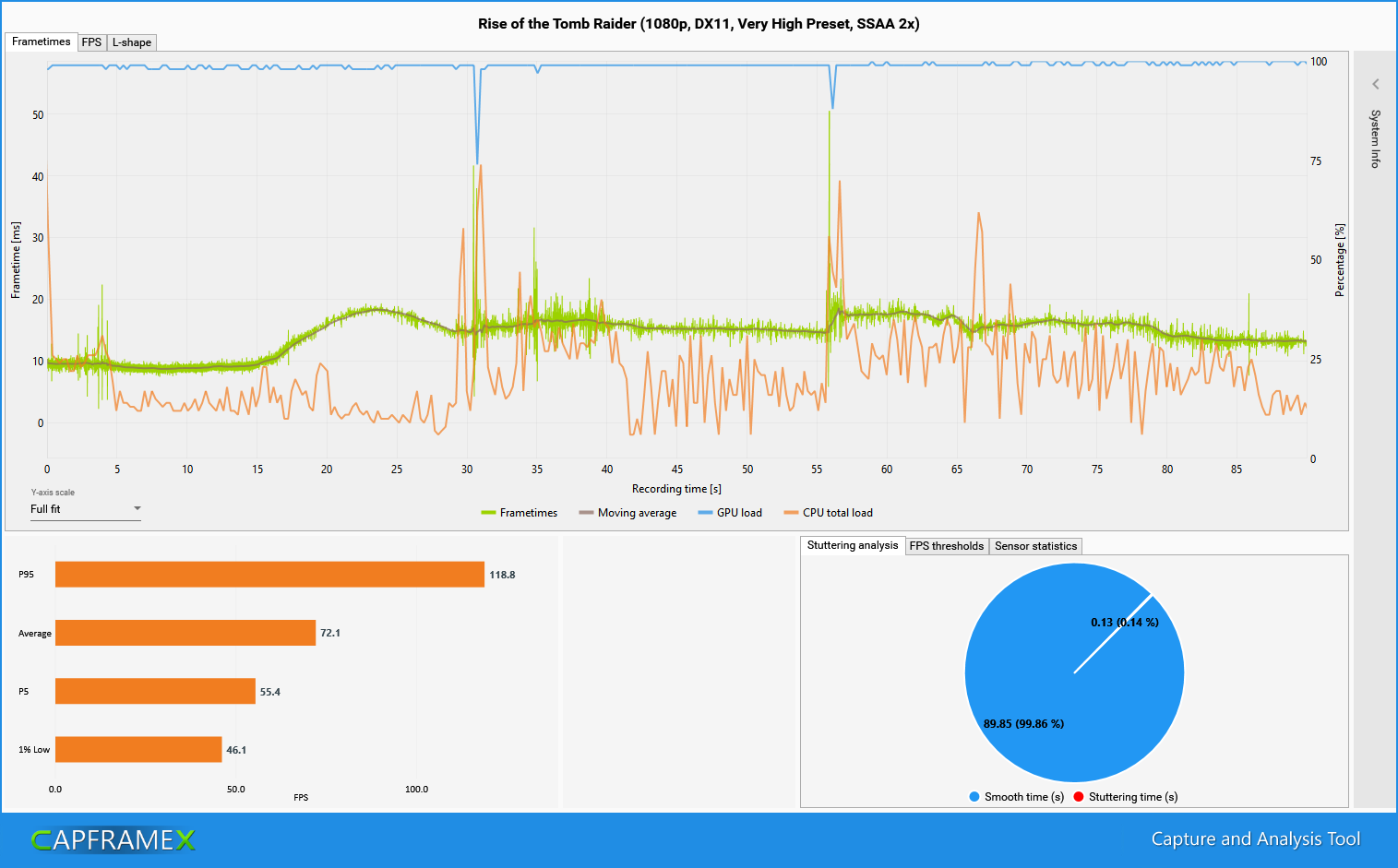
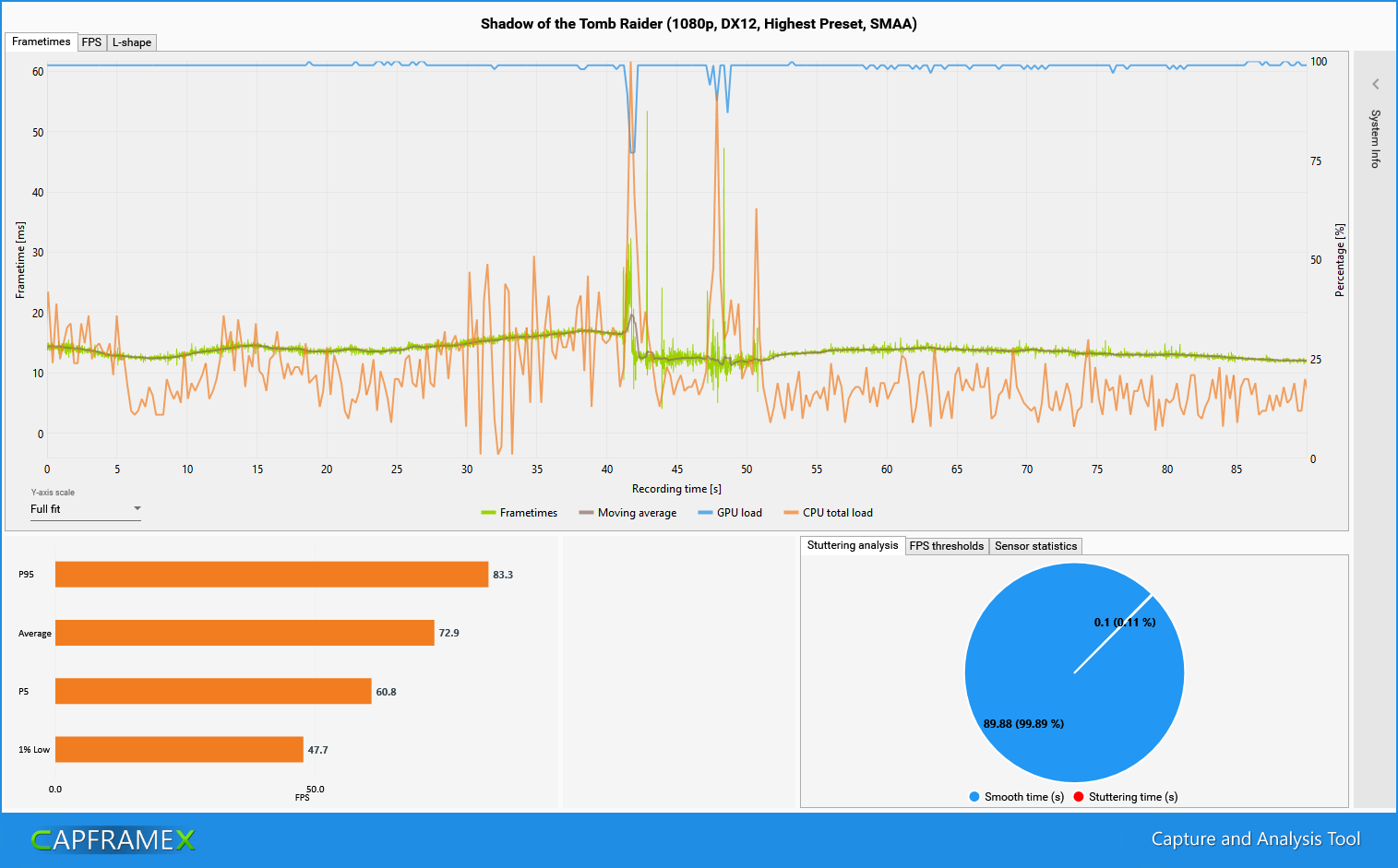

Based on the data we’ve gathered from the three gaming benchmarks we put the i9-10900K through, it seems that the processor is able to keep up with any kind of gaming workloads. Its performance allowed the GPU to redline to the max to achieve the most possible framerates.
Frametimes remained consistently low without any significant dips in performance littered across the chart. This means that even though there are dips in performance, the framerates remained consistent enough to remain smooth while in-game.
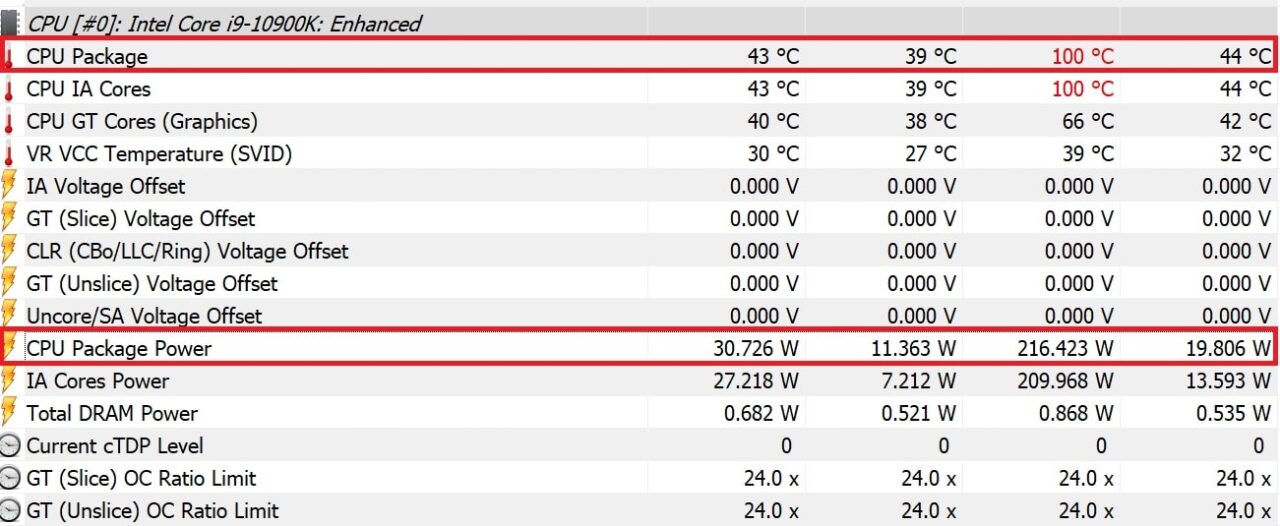
We’ve mentioned that the Intel Core i9-10900K can run very hot under use barring the capability to overclock in some cases. Though Intel puts the CPU with a TDP of 125W, the processor actually peaks out at more than 200W in heavy loads to keep up the performance.
These temperature wouldn’t normally be a problem. Under specific benchmarks, the CPU pushes itself to the limit with higher clocks as well as higher voltages. It seems that you need the best coolers in the market in order to fully utilize to processor without burning the neighborhood down.
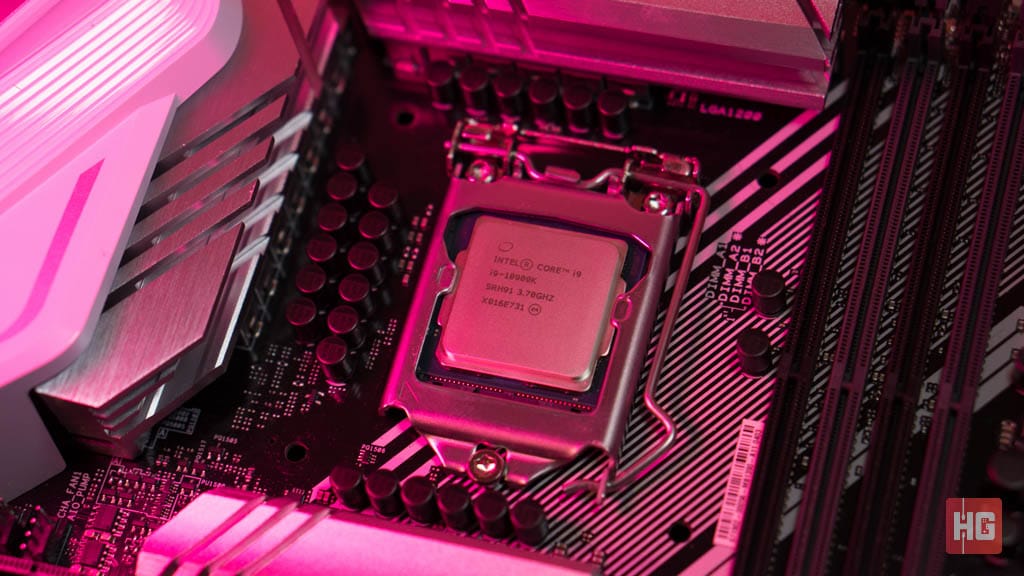
It’s no secret that AMD has been stepping up their game in the CPU space since the introduction of their Ryzen processors. It’s obvious that Intel is feeling the pressure from Team Red. Comet Lake-S is clearly a last-ditch effort from Team Blue to fend off its competitor in the current node they are in.
Judging from the numbers we got from the i9-10900K, it’s obvious that Intel is pushing the boundaries of its 14nm process. This 10-core, 20-thread processor is still able to keep up with the competition although it will be left behind by a bit by its major rival in the market at this time, the AMD Ryzen 9 3900X, due to a core disadvantage.
Under specific scenarios, single-threaded and less core intensive tasks to specific, is where the Intel Core i9-10900K shines. This is especially apparent in games that prefer both core count and sheer clock speeds.

Priced at around USD 500 in International markets or at PhP 29,975 in the Philippines, the Intel Core i9-10900K is undoubtedly Intel’s best offering in the mainstream market at the moment. At this price point, it can definitely be put head-to-head with its rival in certain workloads. Still, if you can get a decent cooling solution for the Intel Core i9-10900K, it’s a processor that will certainly live up to your expectation.
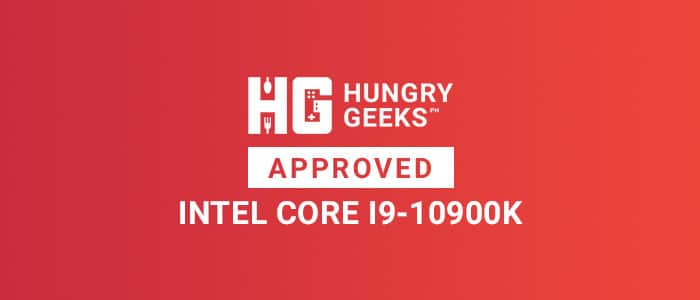
By a close margin, we’re giving the Intel Core i9-10900K our seal of approval for its performance. Hopefully, however, Intel can pump out a more impressive outing for the desktop space next year or risk being overtaken by their rivals in the CPU market where they have roosted for so long.
